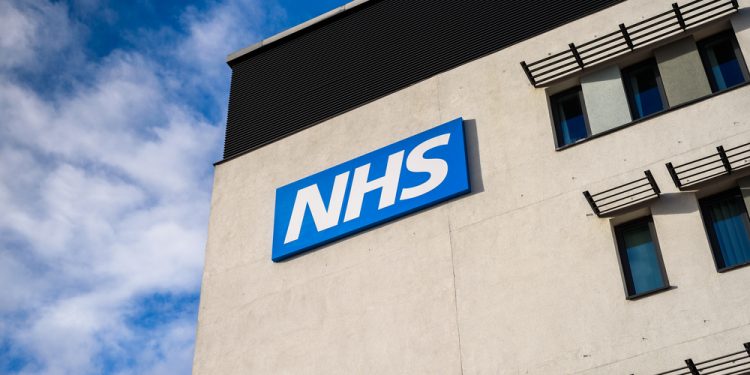Pressures on the NHS are reaching “unacceptable” levels in all parts of the health and care system, the King’s Fund has warned, while private hospitals noted tackling the elective backlog was the public’s top NHS priority.
Official data shows the number of people waiting to start NHS treatment in England increased by a further 100,000.
The figures show the number of patients awaiting the start of treatment as of the end of February 2022 was 6.2m patients.
This was up from 6.1m at the end of December 2021 and the median wait time was 13.1 weeks, up from 12.5 weeks at the end of December 2021.
However, somewhat encouragingly, the number of people waiting the longest appears to be easing slightly.
The data showed 299,478 patients were waiting more than a year, down from 310,813 at the end of 2021.
Of patients waiting to start treatment at the end of February, 62.6% had been waiting for more than 18 weeks, down from 63.8% at the end of December 2021.
‘Unacceptable levels’
Commenting on the figures, Danielle Jefferies, analyst at The King’s Fund said the performance data showed pressures were now reaching “unacceptable” levels in all parts of the health and care system.
Jefferies highlighted that A&E departments remain “full of patients in need of urgent care” with a similar story in general practice and social care.
She also noted ambulance response times for serious conditions were falling far below national standards with patients waiting over an hour for an emergency ambulance.
“In March, 22,500 people waited over 12 hours to be admitted to hospital from A&E – a more than thirty-fold increase compared to a year ago,” she said.
“The common link between the unrelenting pressure across all parts of the NHS and social care is a chronic shortage of staff. While staff absence due to Covid is an immediate and serious pressure for health and care services, the workforce crisis predates the pandemic.
“Just one in four NHS employees now feels there are enough staff in their organisation for them to do their job properly, and the public now cite workforce shortages as the second most common reason for dissatisfaction with the NHS.
“Despite this, the government has repeatedly resisted calls to regularly publish workforce projections to make clear how many staff are needed and the government’s plan to meet the necessary staffing requirements. Until the government grasps the nettle on health and care staffing shortages it will be patients and the public who ultimately pay the price through longer waits and poorer care.”
Public information drive needed
David Hare, chief executive of the Independent Healthcare Providers Network (IHPN), said the figures demonstrated the importance that government commitments in its NHS elective recovery plan to give patients more choice and control of their care werw translated into concrete action to improve access to treatment.
“Polling continues to show that patients are willing to travel beyond their local hospital if it means they can access faster care,” Hare said.
“But with less than half of the public aware that they can choose where they receive their NHS treatment, including in the independent sector, there must now be a real drive in the NHS to ensure the public are given all the information so they can make the best decisions about their care.
“Tackling the elective backlog is the public’s number one priority for the NHS and people will now want to see the government delivering on its promises and doing all it can to put power in the hands of patients and stop waiting lists getting out of control.”






